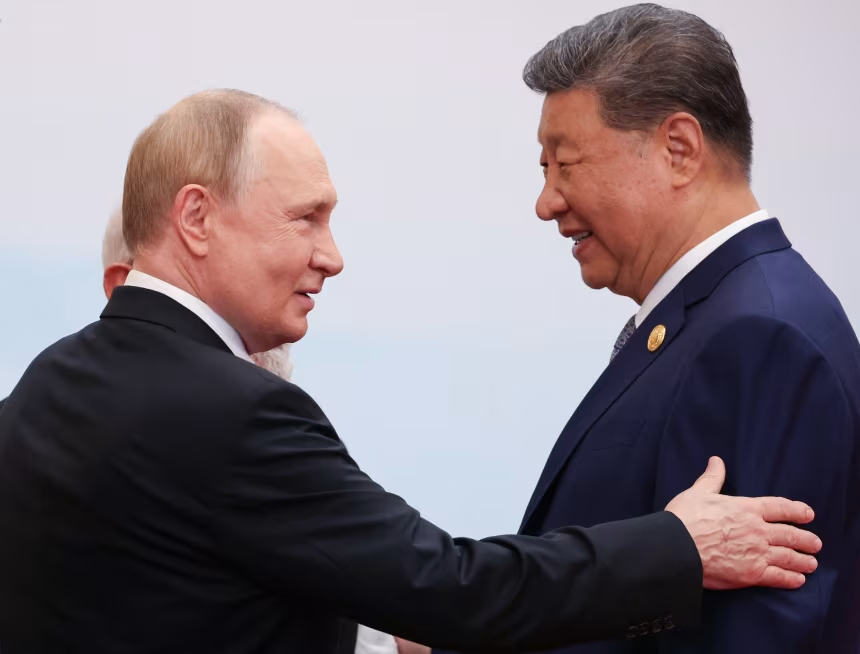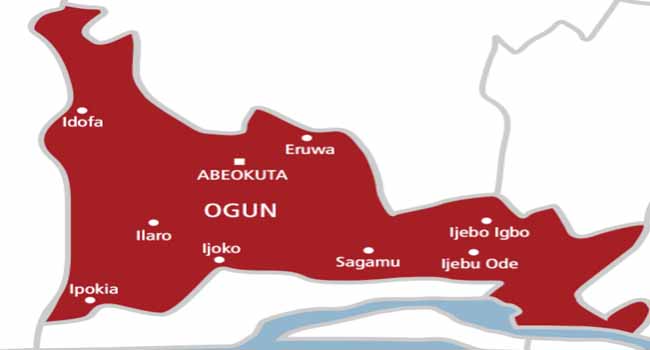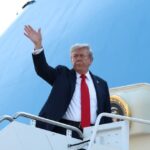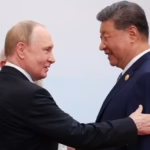Now Reading: Trump Announces “Complete and Total” Iran–Israel Ceasefire After Missiles Strike U.S. Base
-
01
Trump Announces “Complete and Total” Iran–Israel Ceasefire After Missiles Strike U.S. Base
Trump Announces “Complete and Total” Iran–Israel Ceasefire After Missiles Strike U.S. Base
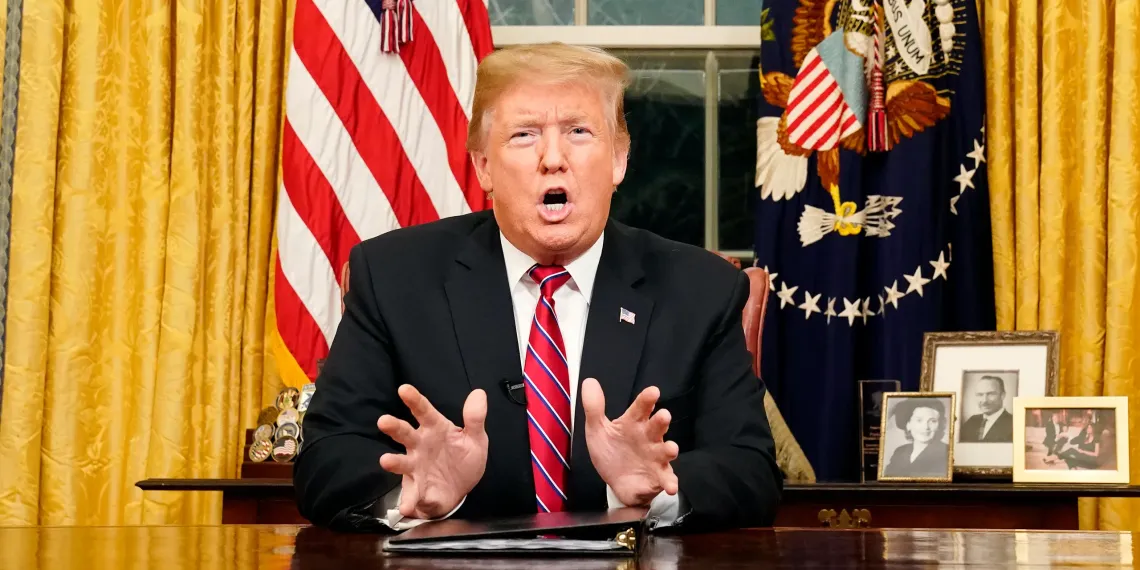
President Donald Trump declared a “complete and total” ceasefire between Israel and Iran late Monday, June 23, 2025, just hours after Iran launched missiles at the U.S. Al Udeid Air Base in Qatar in response to U.S. strikes on Iranian nuclear facilities. Trump’s announcement implied a sudden de-escalation of the intense 12-day Middle East conflict.
The ceasefire was brokered following direct discussions between Trump and Israeli Prime Minister Benjamin Netanyahu, while Vice President J.D. Vance, Secretary of State Marco Rubio, and envoy Steve Witkoff held back-channel negotiations with Tehran—marking a coordinated U.S. diplomatic push to halt hostilities.
Iran’s missiles, warned in advance to Qatar, were intercepted without causing casualties. In return, Iran pledged to cease attacks if Israel halted its “illegal aggression” by 4 a.m. local time—a claim rejected as “formal ceasefire” by Iran’s foreign minister .

Despite Trump’s declaration, explosions echoed across both nations late into Monday. Iranian air defences claimed fresh intercepts, while Israeli Defence Minister Israel Katz confirmed further strikes in Tehran—a sign ceasefire lines remained fluid.
Global markets responded positively: U.S. crude prices dipped and U.S. stock indices turned positive following the announcement, although analysts cautioned that longevity of the truce remains uncertain.
The ceasefire builds on a dramatic surge in hostilities, which began June 13 and escalated with U.S. “bunker-buster” bombings of Iran’s Fordow, Natanz, and Isfahan nuclear sites—joining Israel’s initial aerial assault. Iranian retaliation included drone-and-missile barrages against both Israel and the Al Udeid base.
As the smoke settles, Trump’s diplomatic gambit seeks to diffuse a broader regional war. Whether this ceasefire will hold remains to be seen—but Friday’s peace gesture signals a turning point amid what had been a volatile confrontation with global stakes.
